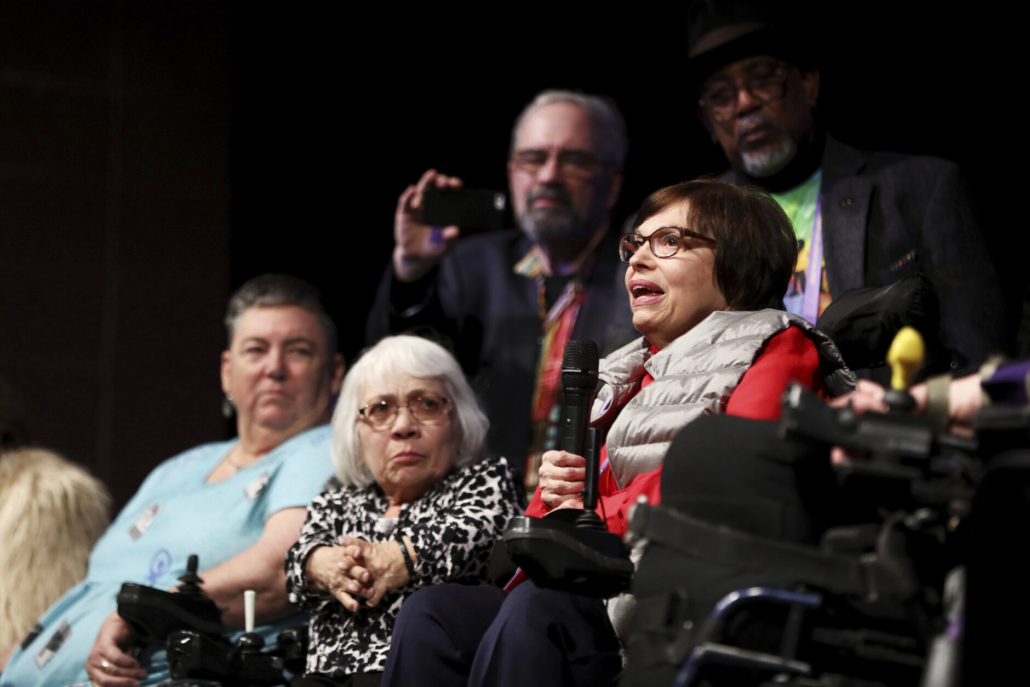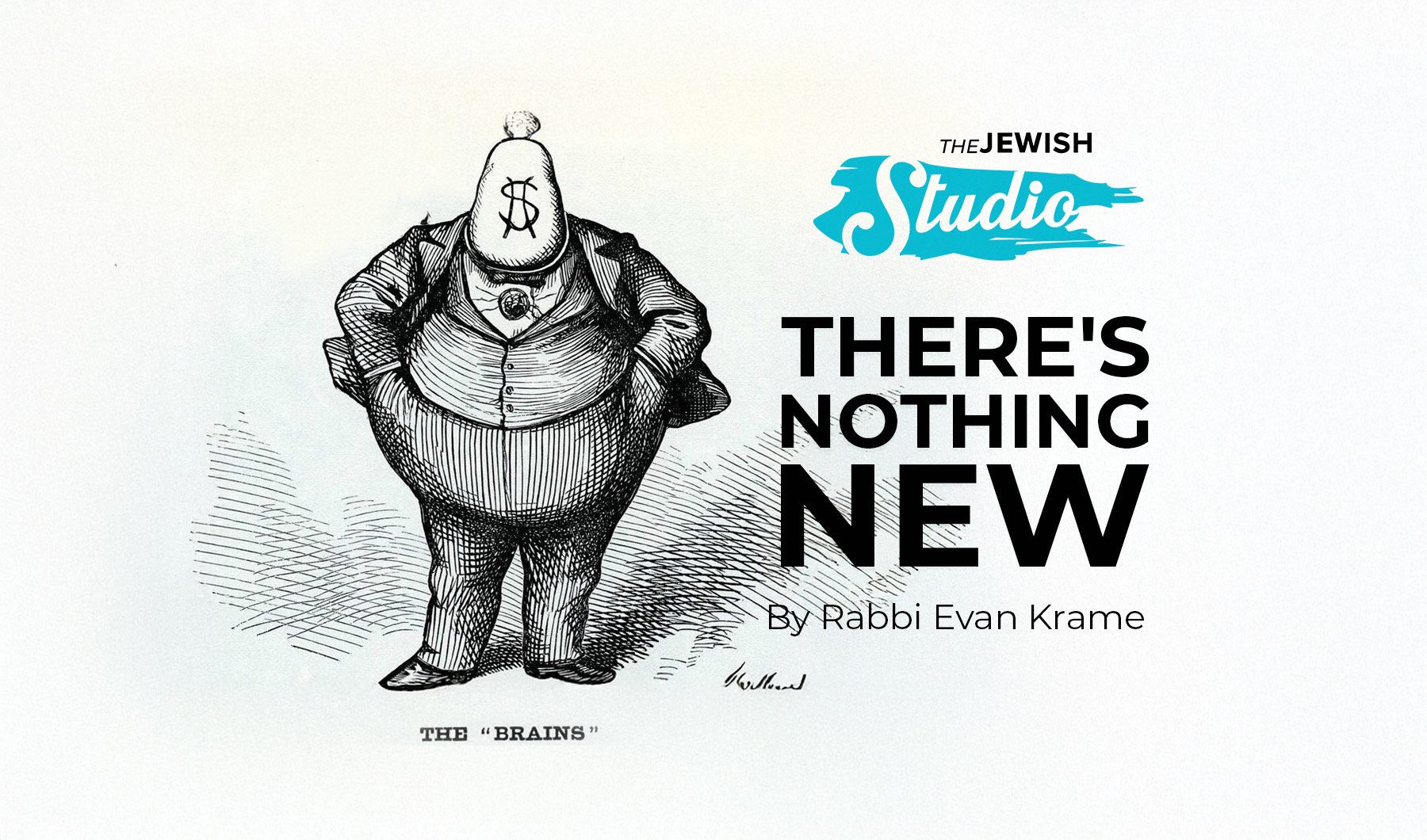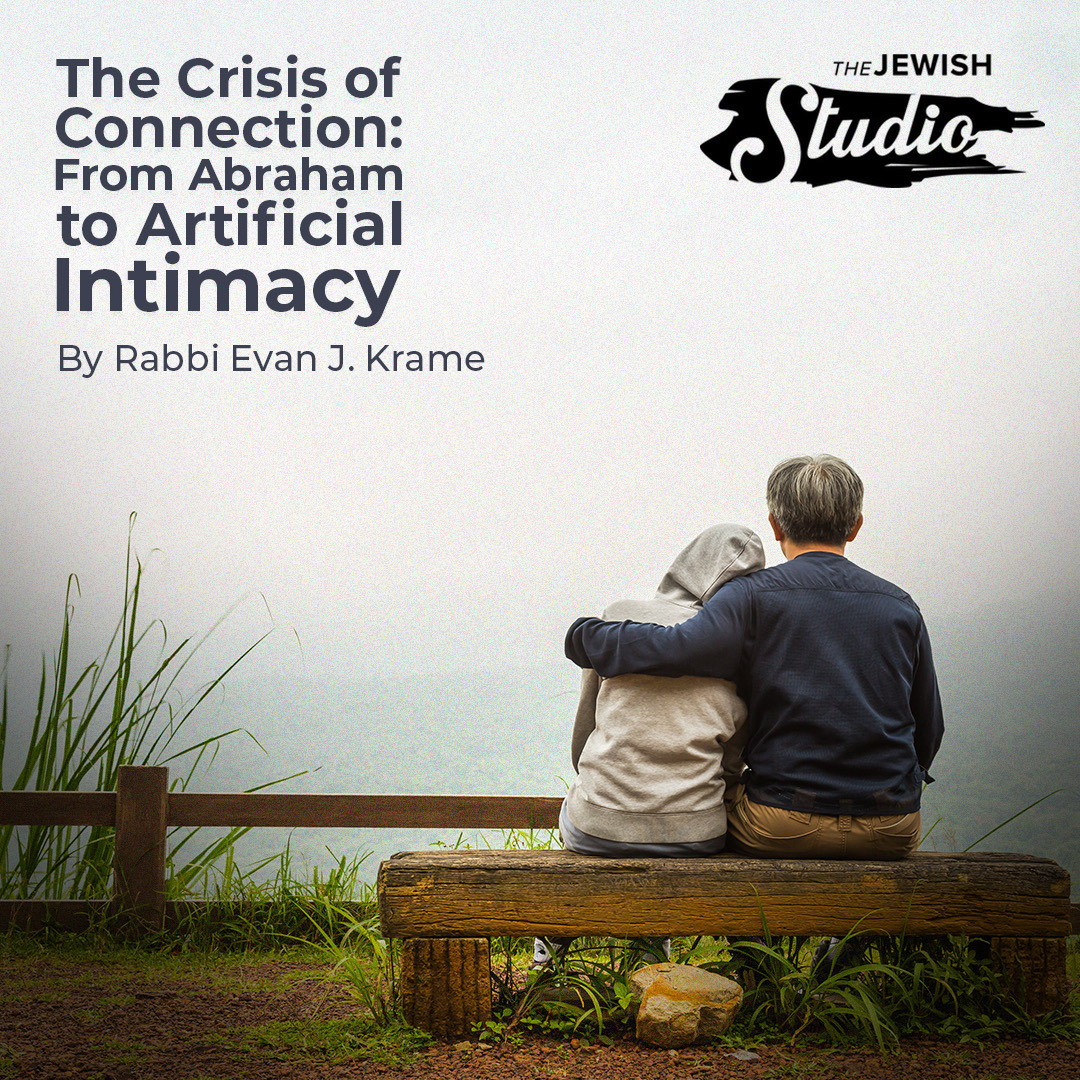Last week, I attended a conference focused on building a more inclusive and welcoming Judaism. One session, in particular, stood out — finding the source for a “Torah of Safety, Respect and Equity.” The idea feels inherently Jewish: that we are called to care for all, to embrace one another fully. But I found myself wondering—where does Judaism actually teach us to do that?
This week, I searched for a Torah of inclusion, convinced that the Torah is infused with God’s enduring plea for us to treat each other with respect and dignity. But then I encountered a troubling passage in this week’s parsha, Emor, that challenges that very belief.
In Leviticus 21, the Torah prohibits priests with physical “defects” from offering sacrifices. A priest with a limb too long or too short? Prohibited. A hunchback, a dwarf, or someone with a broken arm? Also disqualified. Even a stye in the eye was enough to render a priest unfit for service. Reading this list, one wonders how any priest could meet the Torah’s standards.
Some commentators suggest these restrictions are meant to avoid distractions. If a priest’s body was not “perfect,” people might focus on the priest’s appearance rather than the holiness of the offering. But the rabbis of the Talmud provide a powerful counterpoint.
In Megillah 29a, Bar Kappara teaches on the verse: “Why look askance, you mountains of peaks, at the mountain God desired for His dwelling?” (Psalm 68:17). A heavenly voice responds: “Why do you look down on Mount Sinai? You, too, are full of blemishes.” The word “peaks” is linguistically linked to the same terms used in Leviticus—hunchbacked or dwarf. Rabbi Ashi then comments: “If a person is arrogant, that is a blemish.” In other words, our judgment of others—our failure to embrace their differences—is the true flaw.
Through rabbinic interpretation, we begin to uncover a Torah of inclusion: not despite our differences, but through them. Numbers Rabbah (Naso 7:1), teaches that when the Israelites left Egypt, “almost all of them were disabled.” Years of brutal labor—climbing buildings, lifting heavy materials, suffering injuries—left its mark. The people God chose to receive the Torah were far from physically whole.
Rabbi Marc Margolis offers a paradoxical interpretation: perhaps by establishing seemingly impossible standards of physical perfection for priests, the Torah ultimately teaches that Jewish communal life should never exclude anyone based on human limitations.
Rabbi Lauren Tuchman, who is blind, encourages us to move beyond discomfort with these ancient prohibitions by recognizing their historical context. The priestly class described in Leviticus no longer fulfills the same role in contemporary Judaism.
Let’s begin, then, with this foundational truth: all human beings are created b’tzelem Elohim, in the image of God. This includes every person with a physical, emotional, or mental difference. No condition, diagnosis, or visible mark makes us less a reflection of the Divine.
Ultimately, we must understand the laws of the Torah in the broader context of human dignity. The Torah is our guidebook—but the essential story is the sacred value of every person.
Rabbi Evan J. Krame
Dedicated to the memory of Judith Heumann, champion of human dignity.





